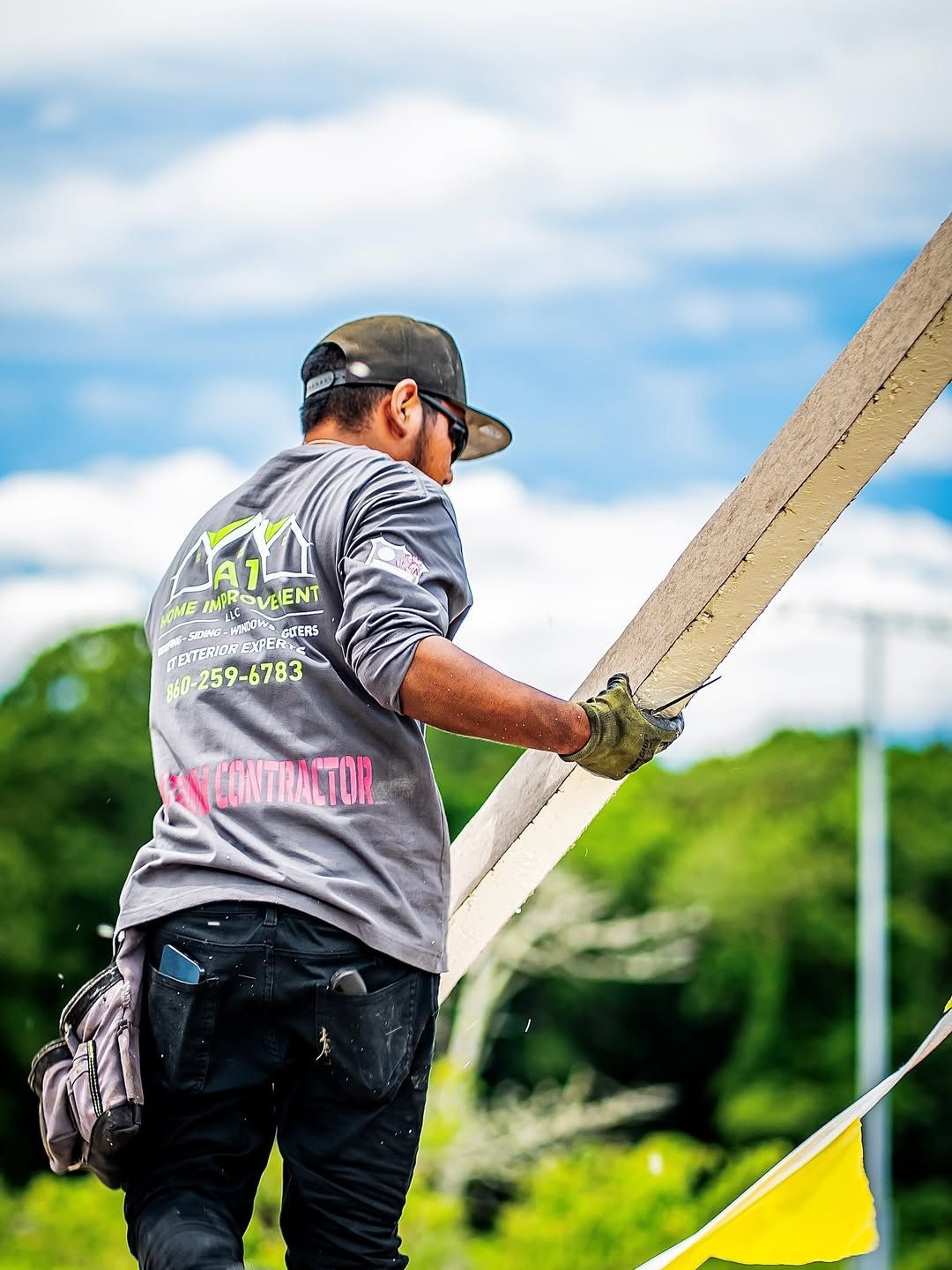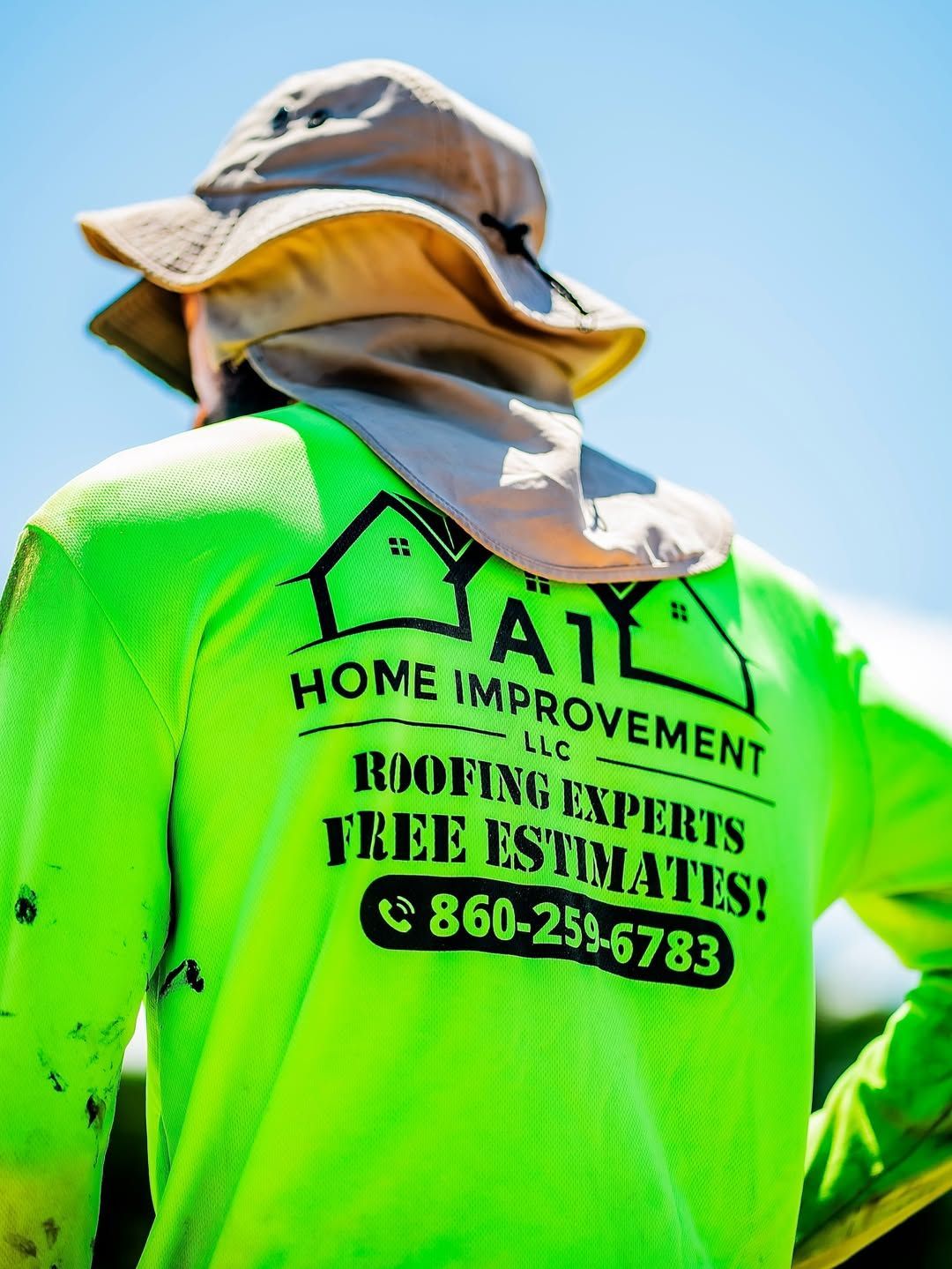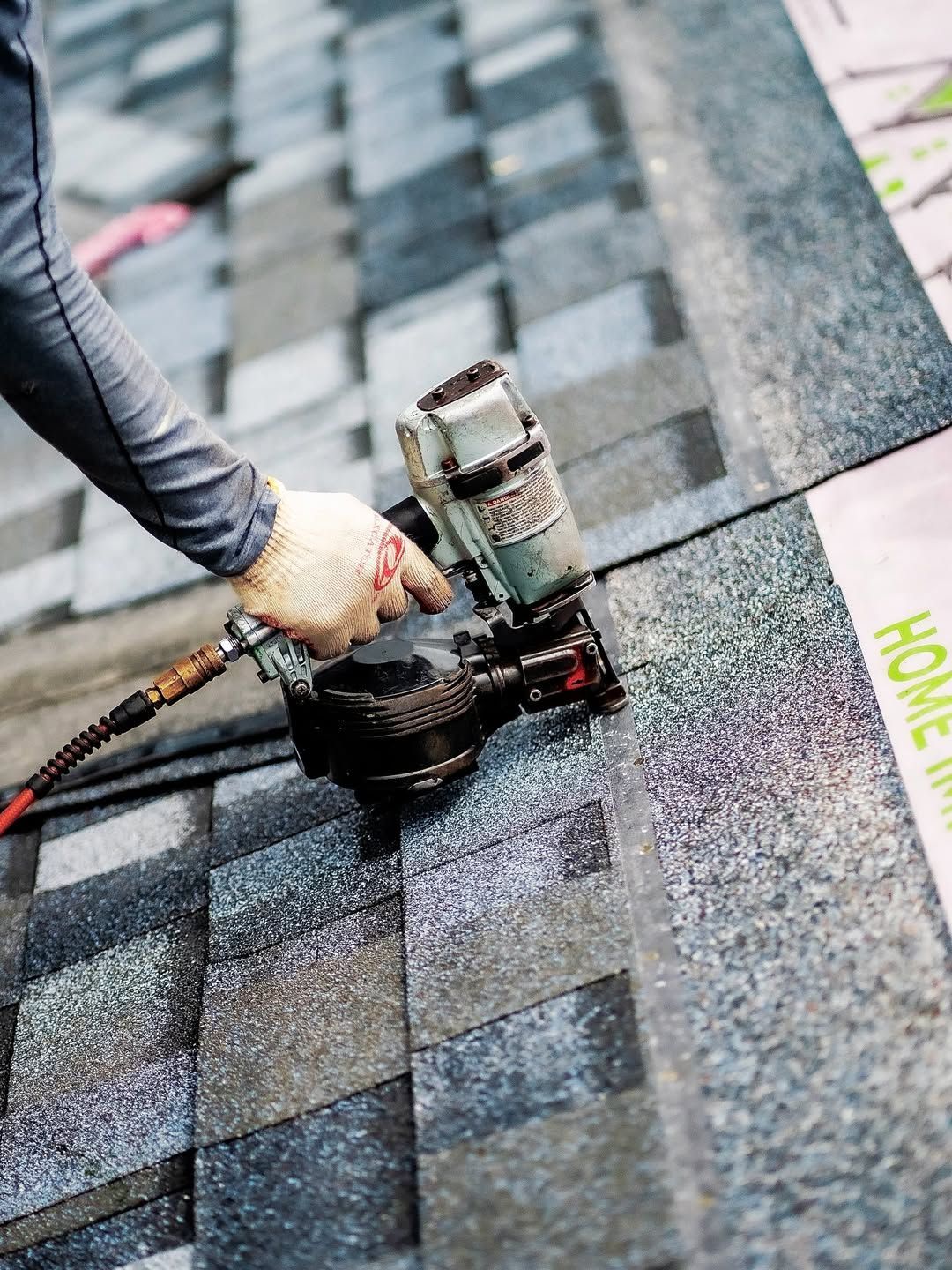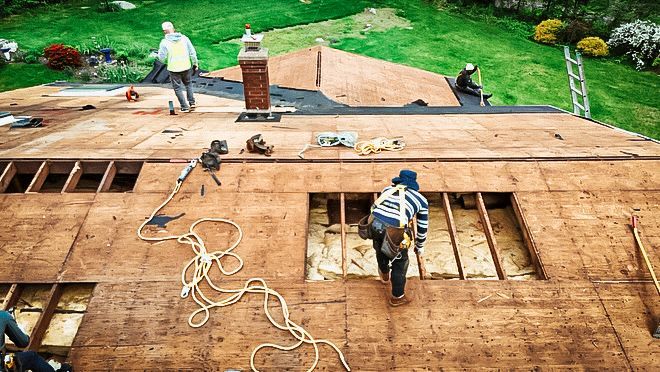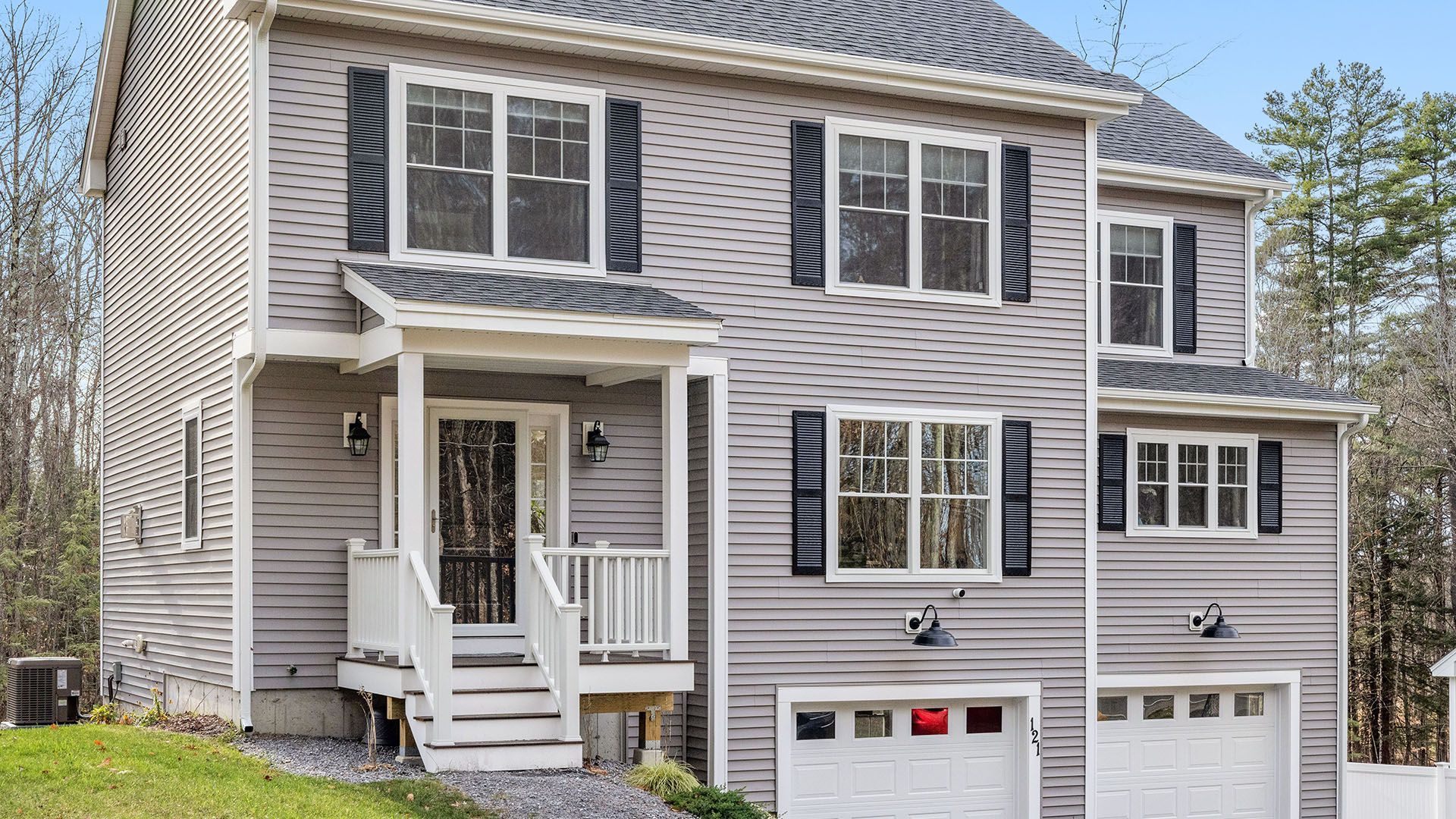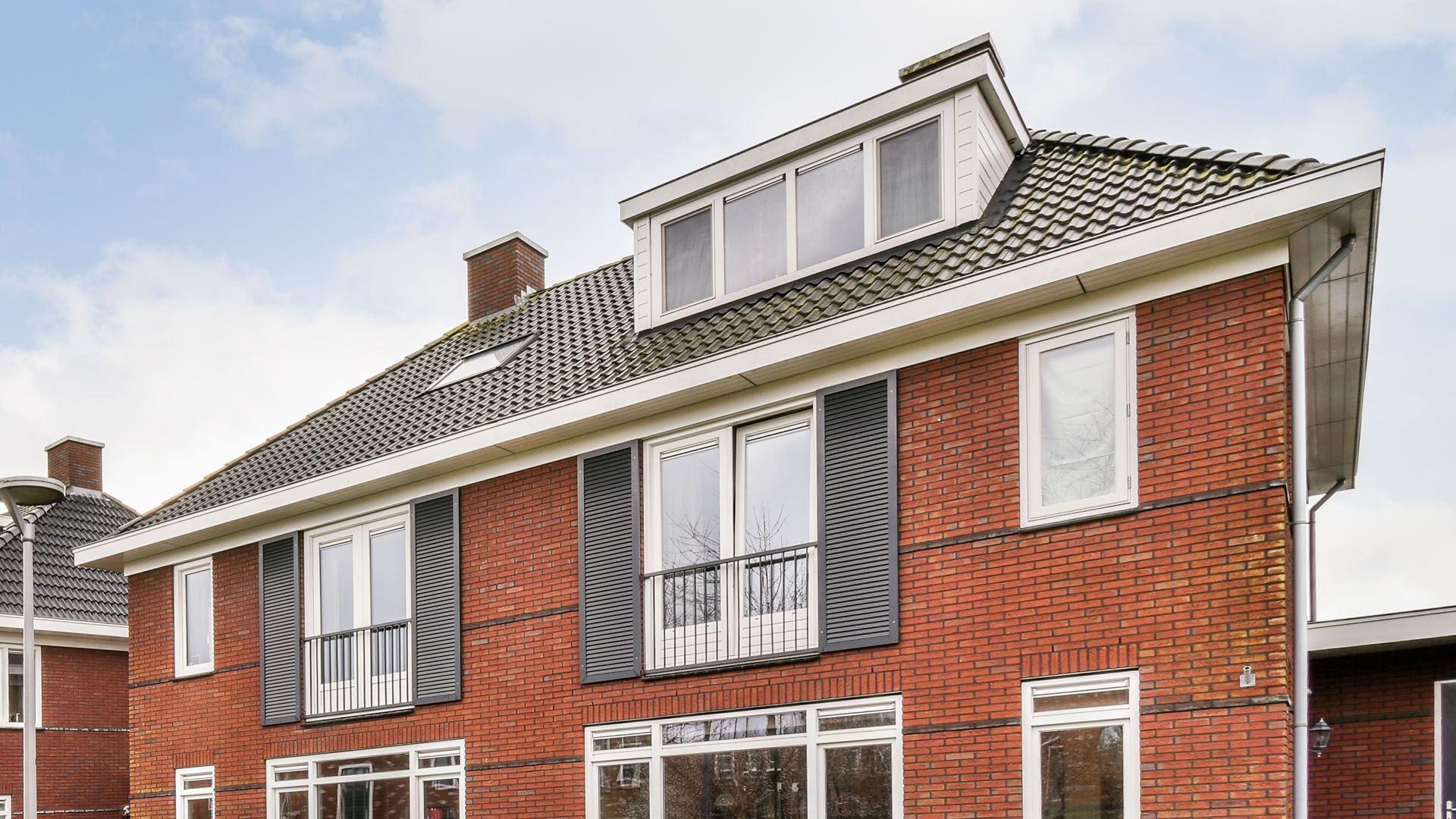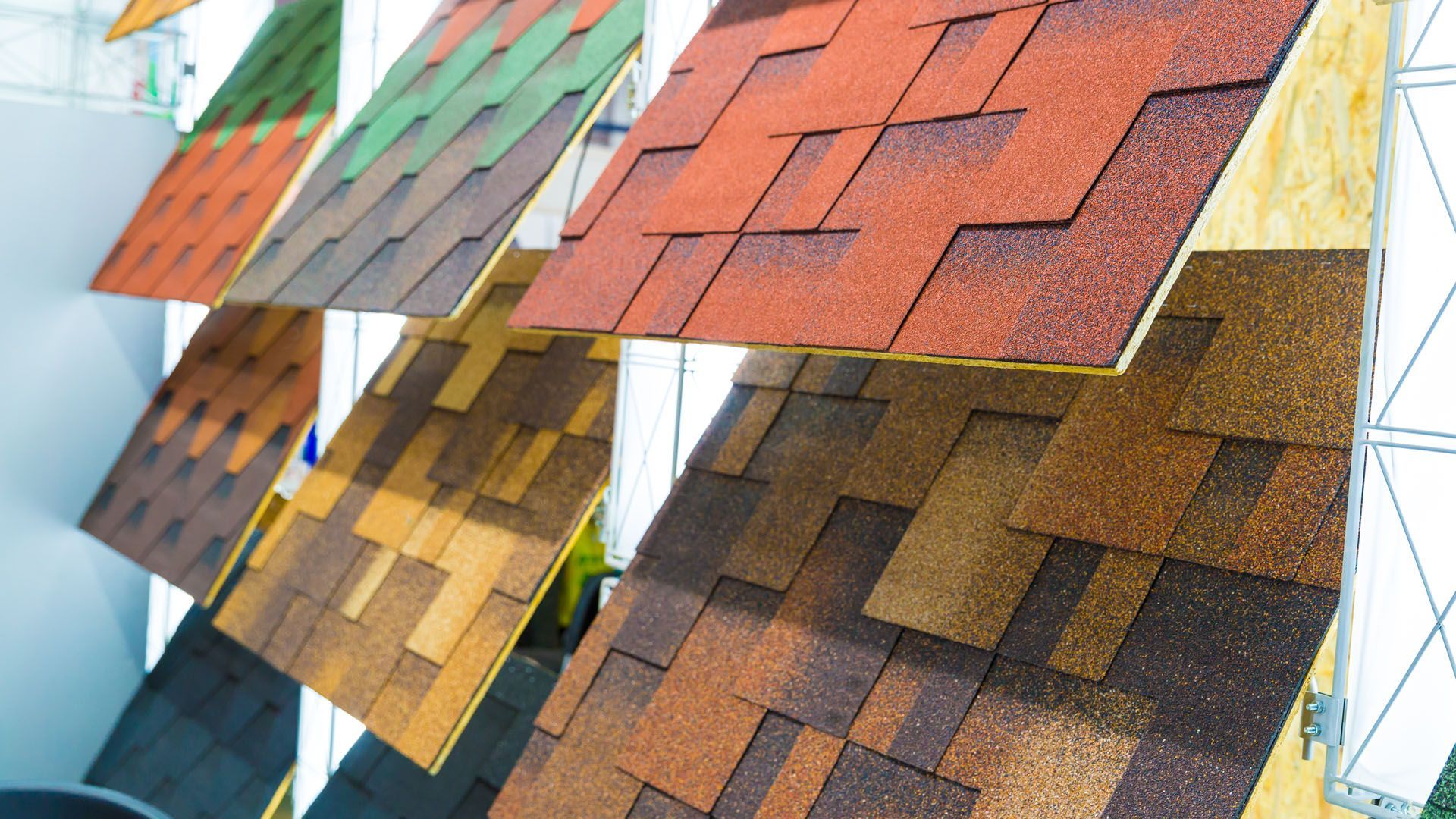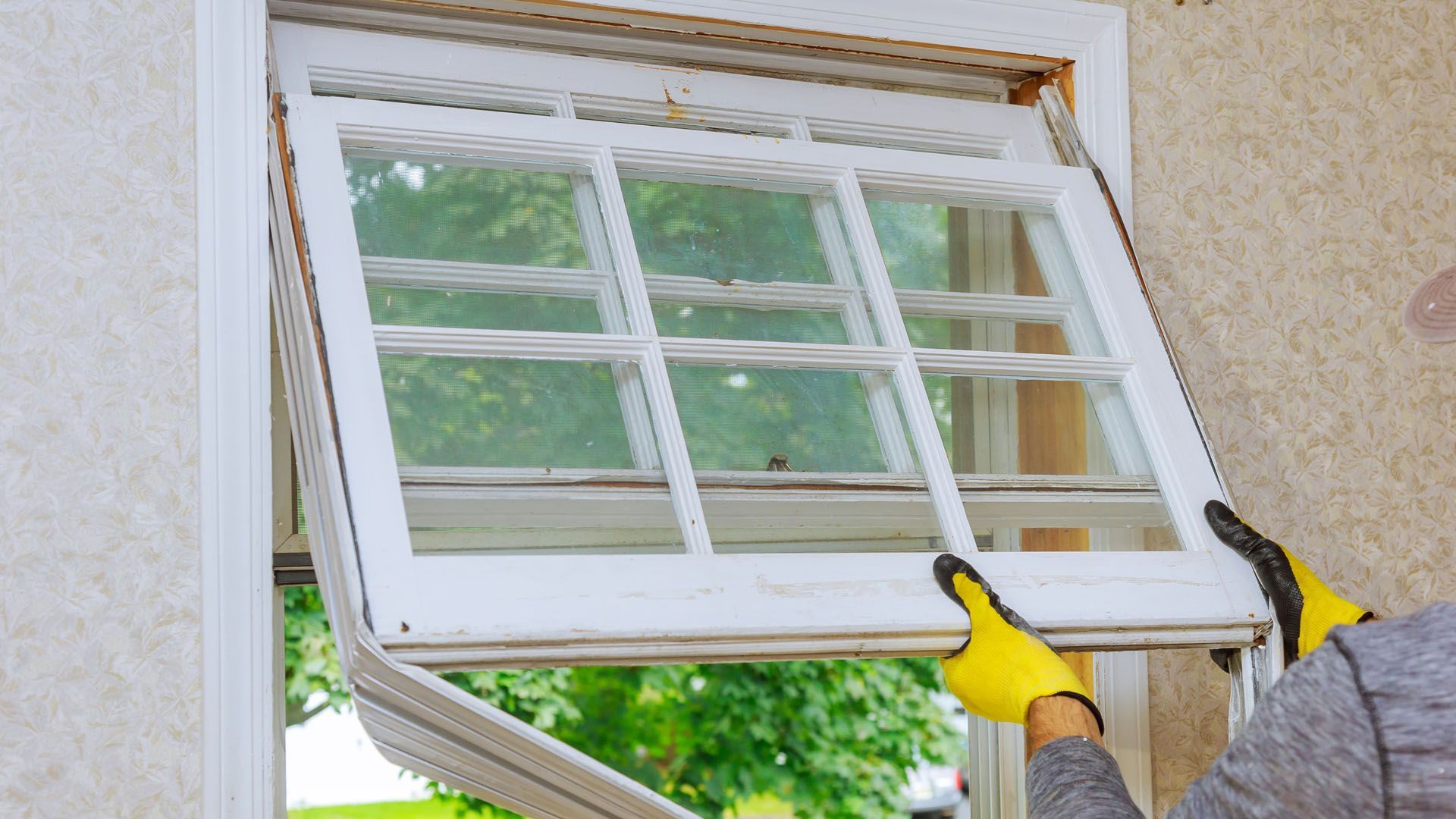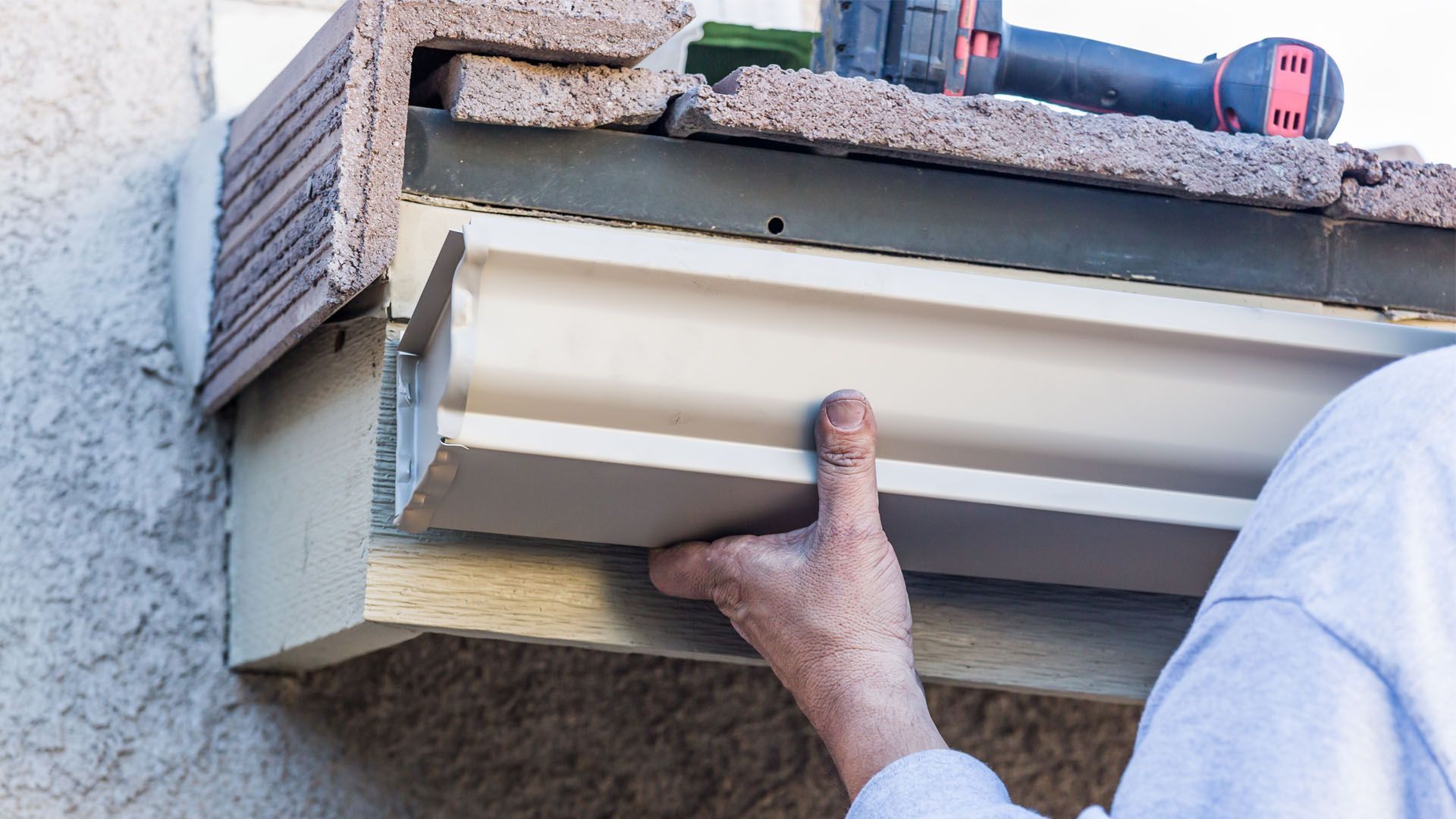Are you considering a new roof but can’t decide which roofing material is best for your home? Understanding the home roofing cost
is crucial in this decision-making process. Keep reading to discover everything you should know about roofing material costs and how they compare with roofing material benefits.
Here, A1 Home Improvement discusses everything you should know about each type of material and how it contributes to roof longevity. We also discuss the cost influences, cost variations, benefits, and disadvantages of each type of material. Explore in-depth insights into roofing types and benefits
to make an informed decision for your home’s roofing needs.
The Importance of Choosing the Right Roofing Materials
Choosing the best roofing material for your home is crucial for longevity and cost-efficiency. Key factors to consider include material durability, climate suitability, and aesthetics. Additionally, consider the labor cost
, as some materials require more specialized installation, affecting the overall expense. High-quality roofing materials lead to lower lifetime repair costs
, combining durability with cost-efficiency.”
- Some roof coverings, such as clay or slate, aren’t good for areas with heavy snow. Others don’t stand up to the saltwater present in coastal regions.
- Consider the availability of materials in your area and whether you can find a roofing expert that offers the type of roofing you want.
- Always keep your budget in mind and how frequently you can pay for maintenance.
Asphalt Shingles
Asphalt shingle roofing remains one of the most popular types of roofing materials because it offers an affordable option without sacrificing life expectancy. Even the most expensive and high-quality asphalt shingles cost less than the most affordable variety of most other roofing materials, as asphalt is easy to create from abundant materials.
While asphalt shingles come in many different forms, including composite and three-tab, they generally last between 15 and 40 years. While lower-quality shingles provide a more affordable price point, life expectancy increases when you spend more.
Two more benefits of asphalt shingles include their Class A fire resistance, which can withstand up to two hours of burning, and the variety of stylish options you can choose from.
However, these shingles don’t hold up well to water damage, making them more vulnerable to growing mildew and moss if you don’t maintain them. They’re also susceptible to variations in roof material costs, and you can’t install them on flat roofs.
Metal
Once unpopular, metal roofing is experiencing a resurgence due to an increasing variety of styles that can mimic shingles and other components of roofing. While they can last between 50 and 100 years, you pay for the durability. They are also one of the most expensive roofing materials.
In addition to their style variations and durability, as a Class A fire rating, they provide fire protection comparable to asphalt shingles. The downside of these roofs, in addition to how expensive they are, is they also require complicated installation techniques and they produce a lot of noise during storms.
Concrete and Clay
Concrete and clay are the two most popular types of tile roofing, especially in the Southwest, and they’re among the oldest forms of roofing materials.
They offer a wide variety of roofing material costs. Whereas concrete tiles are only slightly more expensive than asphalt, clay tiles can reach prices higher than metal roofs. However, even with such extreme swings in price, the two types offer roughly the same roofing material benefits.
In addition to their high cost, one of the disadvantages of concrete and clay tiles is their weight. Weighing up to 12 pounds per square foot, not every structure can handle the weight, and climates with heavy snowfall shouldn’t use them lest their roofs cave in. They’re also one of the most delicate roof coverings and can easily crack from hail or falling trees.
Shake and Wood Shingles
Wood shingles and shakes are both types of wooden roof coverings, though they differ slightly in appearance and advantages. While they date back to colonial times, they provide a stylish, modern look.
Whereas wood shingles usually last between 25 and 30 years, shakes offer more durability and can last up to 40 years in mild climates and with proper maintenance. They provide a middle price point for roof coverings, costing more than asphalt and concrete but less than clay and slate.
The first advantage of wooden shingles is that they create a stylish roof that increases curb appeal. Wood shingles and shakes also provide a more eco-friendly solution for roof coverings. They use biodegradable and recyclable materials and manufacturers use sustainable methods by planting more trees as they cut them down.
The downside of wooden roofing is their increased vulnerability to fire, and some locations ban them or require frequent fire-resistant treatments. Because they’re susceptible to drying out, cracking, or growing mildew, they need regular and expensive maintenance. Finally, while regular maintenance can reduce how frequently wooden shingles and shakes require repairs, fixing them usually costs more than most other roofing materials.
Slate
Slate, a type of natural stone, offers considerable durability for a middle price point that stays relatively static. Slate is one of the most expensive options and costs the same as clay tiles depending on the quality.
The biggest advantage of slate is its durability, lasting up to 100 years. Slate also protects your home against fire and damage from insects and water, while providing a stylish and sleek look that many homeowners love.
However, slate isn’t perfect and has its disadvantages. Slate is heavier than concrete and clay, weighing up to 15 pounds per square foot, making it impossible for many buildings to support its weight. Because slate isn’t as popular in the United States, many people experience difficulty finding a roofing expert to install them effectively.
The Roofing Experts at A1 Home Improvement Provides Free Quotes
Processing all the information about roofing material costs compared to roofing material benefits can feel overwhelming. Fortunately, A1 Home Improvement can help you choose the best roofing material for your home based on your climate, the size of your roof, your style and your budget.
You won’t find a higher level of service and expertise in Connecticut. For a free estimate in Hartford, New Haven, Middlesex, and New London Counties, fill out our online form or call 860-831-4259. Contact our professionals today.

